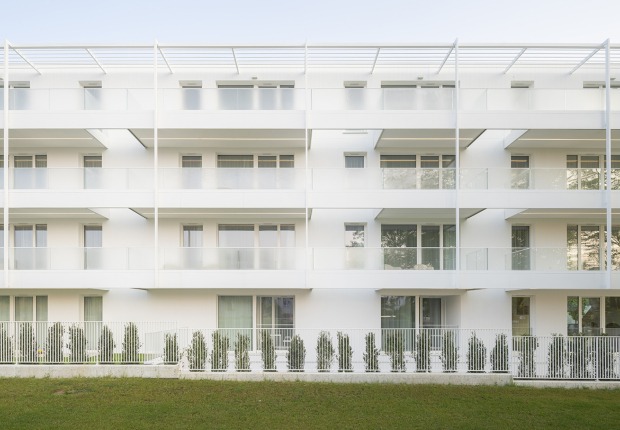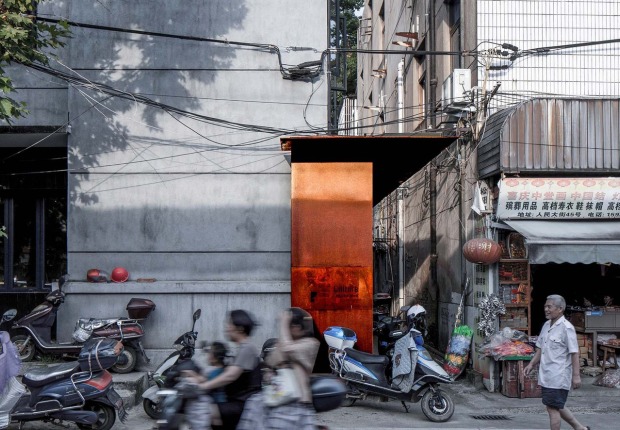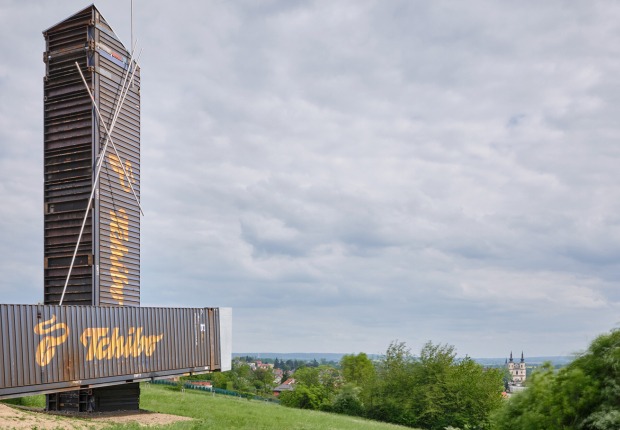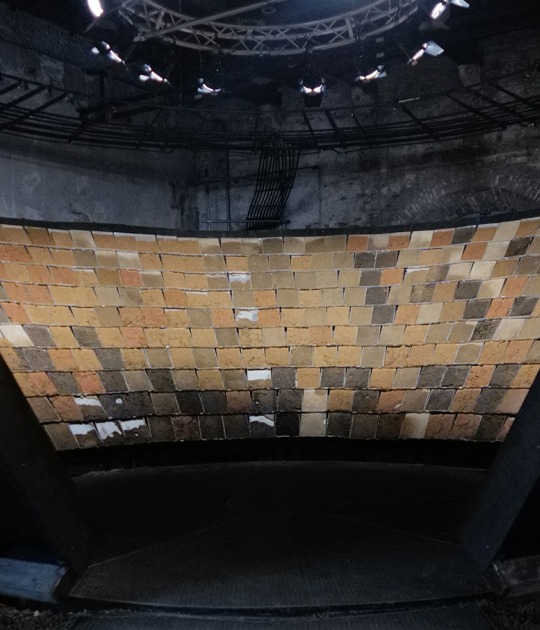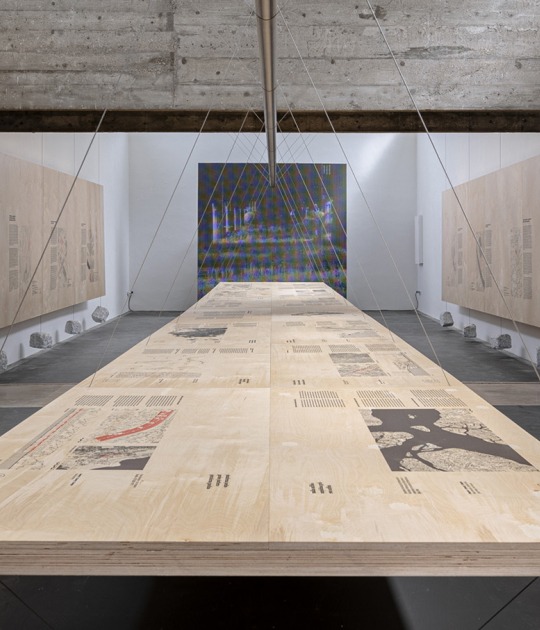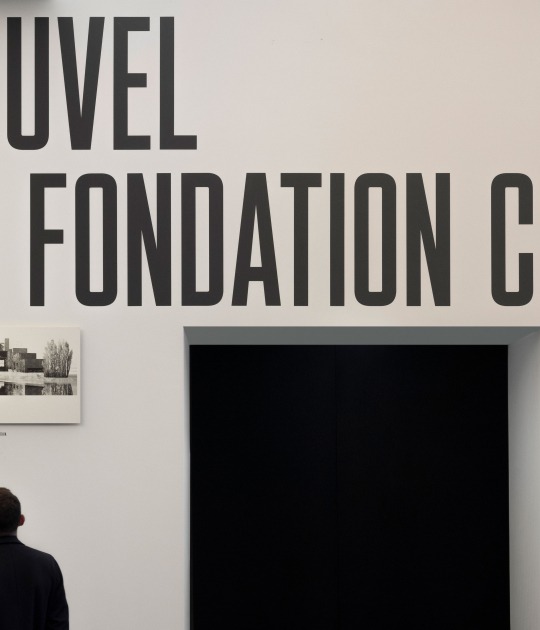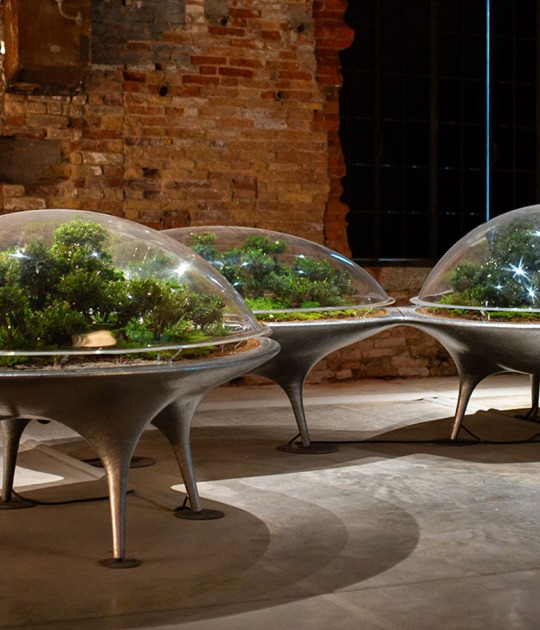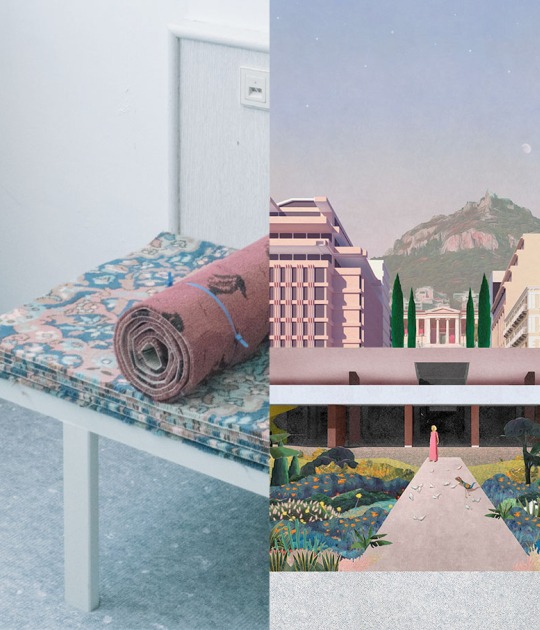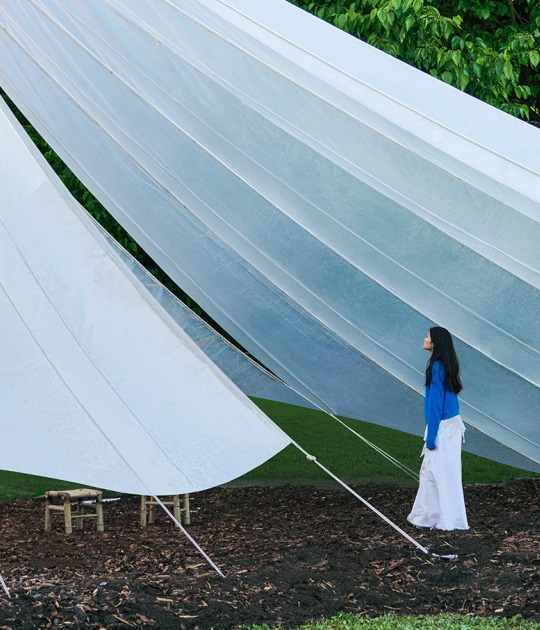Contemporary building preservation practices often destroy the lithoecosystems of stone ecology. In response, the exhibition curated by Andrés Jaque / Office for Policy Innovation proposes to address the trans-scalar relationships that exist between marginalized microbial communities across the planet and how their re-articulation can challenge the material foundations of global colonial carbonization.
The biology of stones surpasses that of forests and oceans in its capacity to permanently sequester atmospheric carbon through biomineralization. Minerals, bacteria, fungi, algae, and lichens are intrinsically inseparable and mutually co-produce through mineral-microbial sociability.

"Stonelife" at the Bienal de Venecia by Andrés Jaque / OFFPOLINN. Photograph by José Hevia.
In response to planetary challenges, it is necessary to care for and venerate lithoecosystems, as diverse cultures around the world do. Far from destroying buildings, these lithoecosystems contribute crucially to the structural performance of ceramic and stone infrastructures.
The "Stonelife" exhibition, located in the second hall of the Arsenale, integrates a series of digitally controlled nozzles that spray a solution containing microbial DNA onto the stones, creating the necessary conditions to multiply the carbon mineralization ecologies that exist in the stones' outer crust. As conceived by certain practices and cosmologies of Aboriginal, Quechua, Aymara, and Lakota peoples, stones are an extensive planetary site for interspecies mutual care.

"Stonelife" at the Bienal de Venecia by Andrés Jaque / OFFPOLINN. Photograph by José Hevia.
Considering the immeasurable presence of stone facades around the world, if the application of this methodology were widespread, much of the built environment would become a planetary-scale climate repair infrastructure. The stone facades would grow, becoming a massive repository of crystallized carbon.





